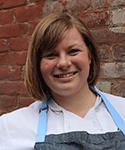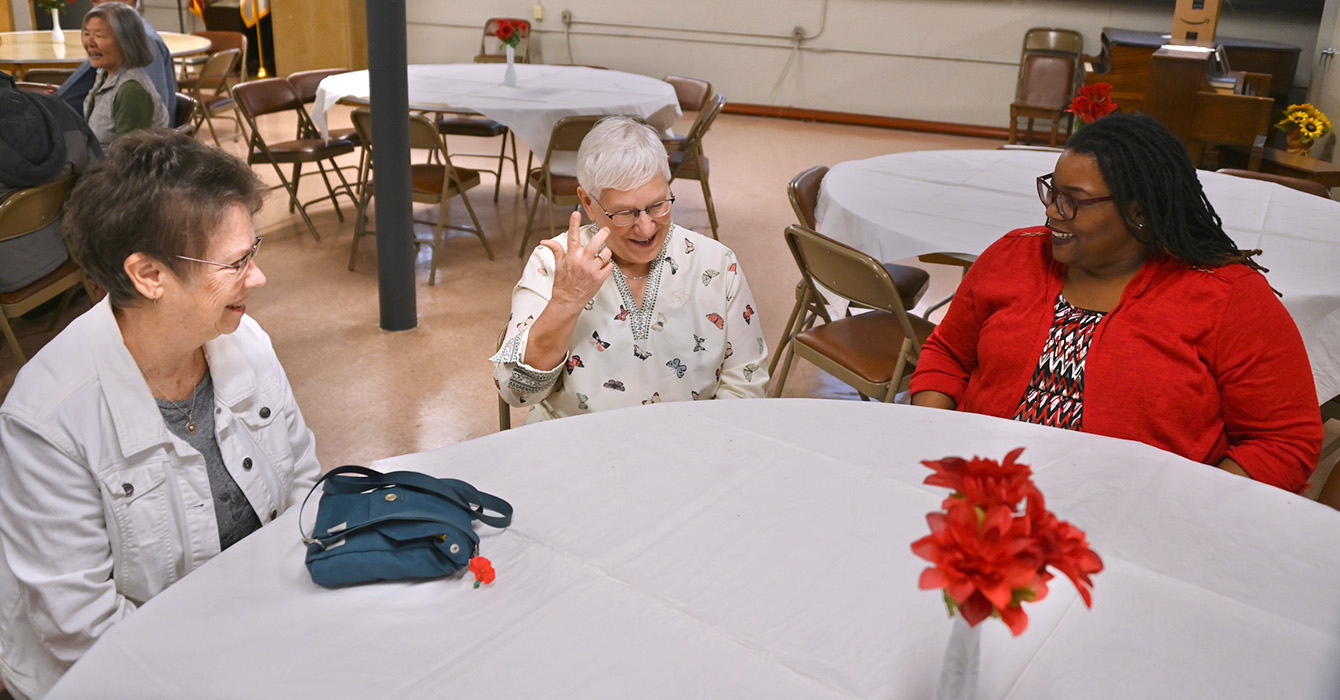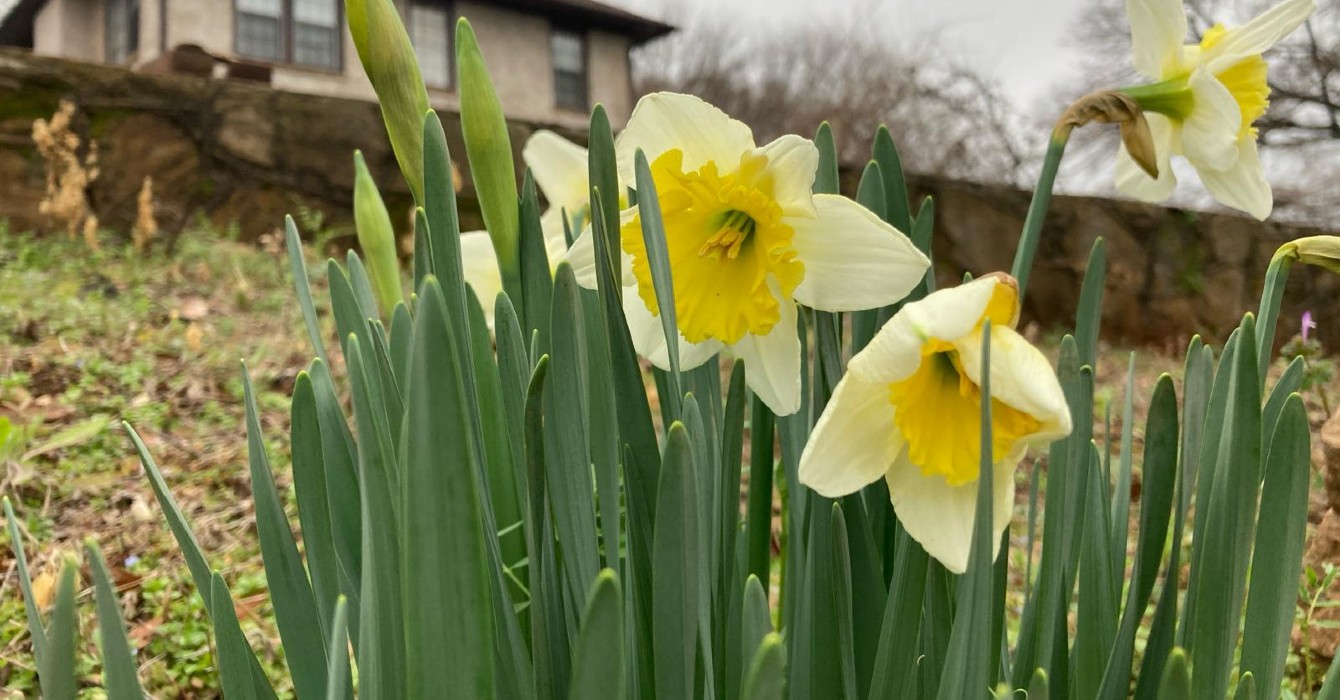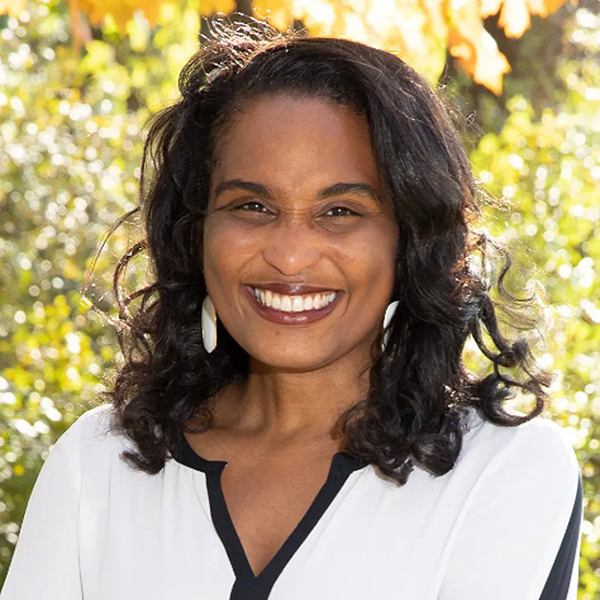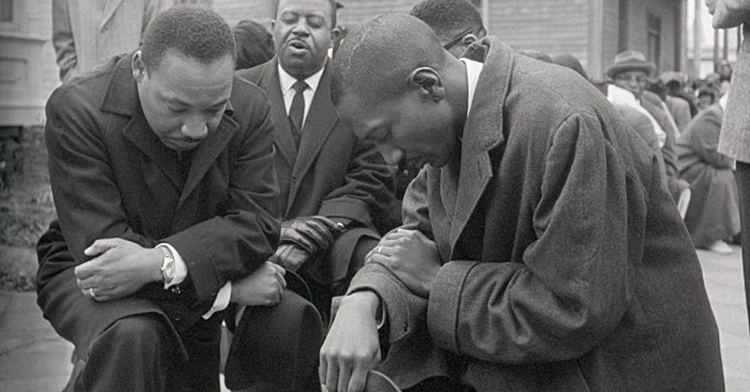I began baking as an anxious teenager, soothed by the silence of my parents’ kitchen and the rhythmic movements of stirring, scooping and scraping bowls of brownie batter and cookie dough.
In my early 20s, the dough continued to serve as a conductor of my restlessness and fears, though the silence of my parents’ kitchen was replaced by the silence of a restaurant in the hours before opening. I would shape a dozen loaves of sourdough, praying the words of St. Patrick with every stretch and turn of a loaf: “Christ be with me, Christ before me, Christ be all around me.”
Today, the silent kitchen is in my own little apartment, where I sometimes bake just for myself, though more often I bake to share. Sometimes I carry on the practice of my restaurant days, kneading psalms or liturgical prayers into each batter or dough. At other times, when I cannot form words to encapsulate my prayer, I pull out flour and some kind of leavening, and sometimes a bit of sugar and butter too. I let the movements of my hands express to God my lamentation and my hope, my fear and my joy.
When disparate ingredients, inedible on their own, blend in a particular way and then face the heat of the oven or stove, they are transformed. The resulting treats manifest the creative goodness of the God who crafted the world such that baking is possible at all.
As soon as flour is hydrated, the starches and proteins begin to unravel and interlock. If left alone to ferment for a while, they will develop the strength to create a chewy loaf of bread. When this hydration is hindered by the presence of fat -- be it butter, shortening or olive oil -- the flour can offer the flakiness of a pie crust or the tenderness of a scone. Sugar caramelizes or sometimes crystallizes; it provides not only sweetness but structure too. Salt preserves, and it dampens bitterness to elevate both sweet and savory notes. Eggs emulsify, forming bonds between elements that otherwise would never intermingle.
I bring to these ingredients my worries, my fears and my failures. In the rhythms of baking, I too am transformed, and I find myself oriented toward praise.
Roslyn Lindner, the baking manager at Samaritan Women Bakery in Baltimore, recently told me that one of her bakers describes baking this way: “Baking is Zen. It’s relaxation; it’s a privilege.” The bakery, a vocational training program for survivors of domestic human trafficking, is a place where healing comes in part through the joy of trial and error. Focused on measuring, mixing, shaping and slicing dough, the bakers knead through their pain, allowing lamentation to pray its way into biscotti.
Like the baker who feels her stress soften in response to the dough between her fingers, I too am learning to recognize baking as an honor. What a gift to know so intimately the magnificence of God’s material world. What a gift to comprehend the chain of culinary reactions. What a gift to be transformed as I craft food for another.
My favorite thing to bake is bread. A complex, well-structured bread takes at least 12 hours to make. As the dough rests, it begs the baker to put her trust in the hardly visible growth taking place. It asks the baker to attune himself to the temperature of the water and flour and surrounding air and to learn the habits of the levain -- the culture of yeasts and bacteria used to leaven and flavor bread.
“Yeast has a life of its own which can only work in a co-creative way,” the Rev. Aimee Altizer, the executive director of Flourish Bakery in Salt Lake City, told me. As both an Episcopal priest and a pastry chef, Altizer is attuned to the signs of slow transformation in people and in bread. At Flourish, a bakery training program for people in recovery from substance use disorders or working to reintegrate their lives after incarceration, pastry chefs in the making experience the healing power of baking as they are bound in community with one another through the process of creating food.
Together, this community must learn the needs of their various levains. They must learn when the levain is hungry for flour or thirsty for water, when it is too cold or too warm. Without careful attention from the baker, the yeast culture will die. Yet the baker must recognize that she is never in control. Both levain and baker need one another to create good bread, and similarly, the bakers in community on the path to healing all need one another in order for all to thrive.
The transformation that comes through baking is never a solo act. It takes dozens of hands to guide wheat through the continual process of life to death and back to life: from seed to shoot, from grain to flour, from sticky dough to crackling loaf broken and shared around the table. “You must wait on this other element to come to fullness,” Altizer says, describing the process of participation in one another’s healing, but also of baking bread.
With each loaf of long-fermented bread and with every batch of brownies, I’ve come to learn that it is the community for which I bake that sets my restless anxiety free. With each scrape of the spatula against the bowl, I pray, sometimes with the words of St. Patrick’s prayer, “Christ be with me, Christ before me, Christ be all around me,” and sometimes with simply the silent movements of my hands.
I pray that the same Christ who animates this world -- who allows wheat to grow and hands to knead and tongues to taste -- that the same Christ will animate the community who will break and consume the treats that I co-create.
Brown Butter Brownies
I perfected this recipe as a teenager in those silent, late nights in my parents’ kitchen, sharing them with friends and family and learning the power of baking for community. These brownies are the reason I chose to follow baking as a career.
3/4 cup (1 1/2 sticks) unsalted butter
1 cup granulated sugar
3/4 cup cocoa powder
1/4 teaspoon salt
2 eggs
1 teaspoon vanilla
1/2 cup all-purpose flour
1. Heat the oven to 325 F.
2. In a small pot over medium heat, brown the butter. The butter will melt and then bubble vigorously; as the bubbles begin to subside, it will take on a nutty smell and form brown flecks. Watch carefully; once the butter begins to brown, it will soon burn.
3. Pour the butter into a medium-sized mixing bowl. Let cool for 5 minutes.
4. Prepare an 8-by-8-inch pan, either spraying with pan spray or greasing with butter.
5. Mix the sugar, cocoa powder and salt into the cooled butter. Add the eggs one at a time, incorporating fully after each. Stir in the vanilla. Gently fold in the flour until just incorporated.
6. Pour into the prepared pan and bake for 20-25 minutes, until a toothpick inserted in the center comes out clean. Be careful not to overbake. I always prefer my brownies on the gooey side.
7. Let cool for 20 minutes before slicing. These brownies are very dense and fudgy and best enjoyed in the presence of joyful company.


